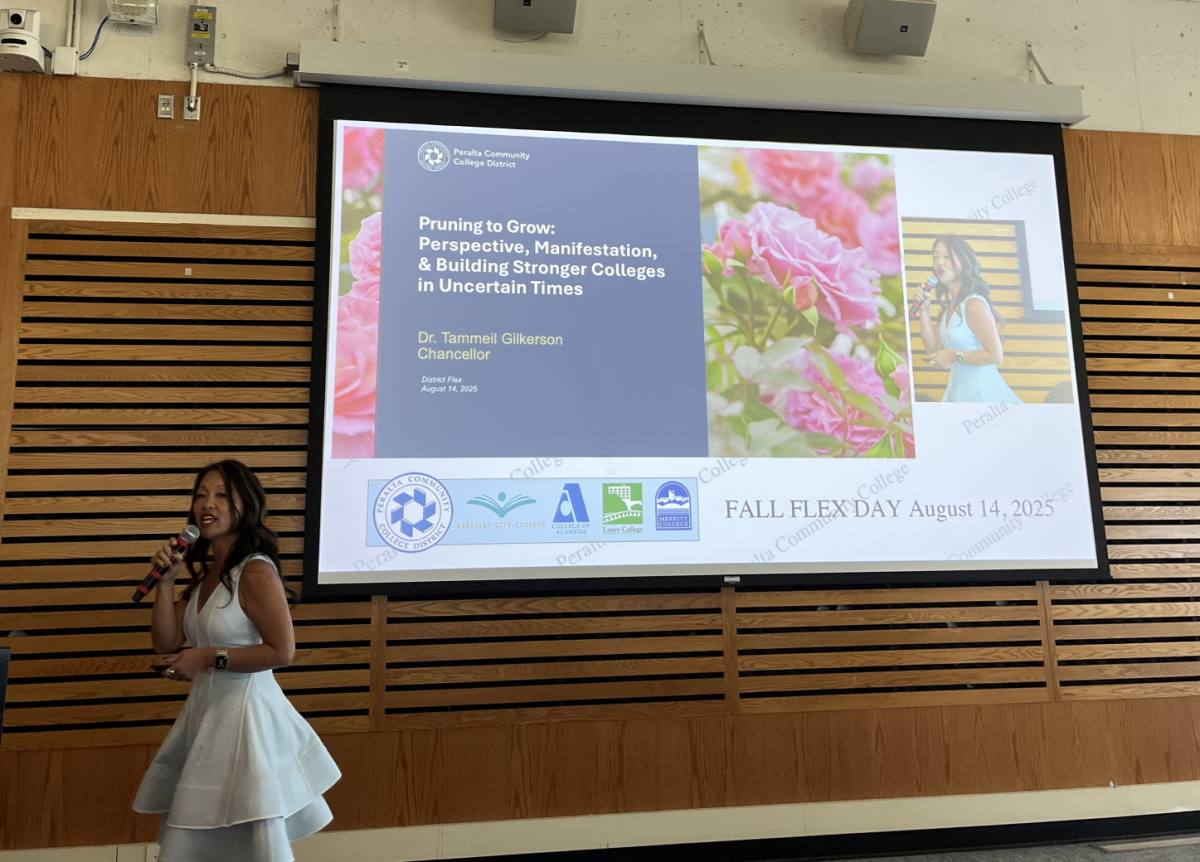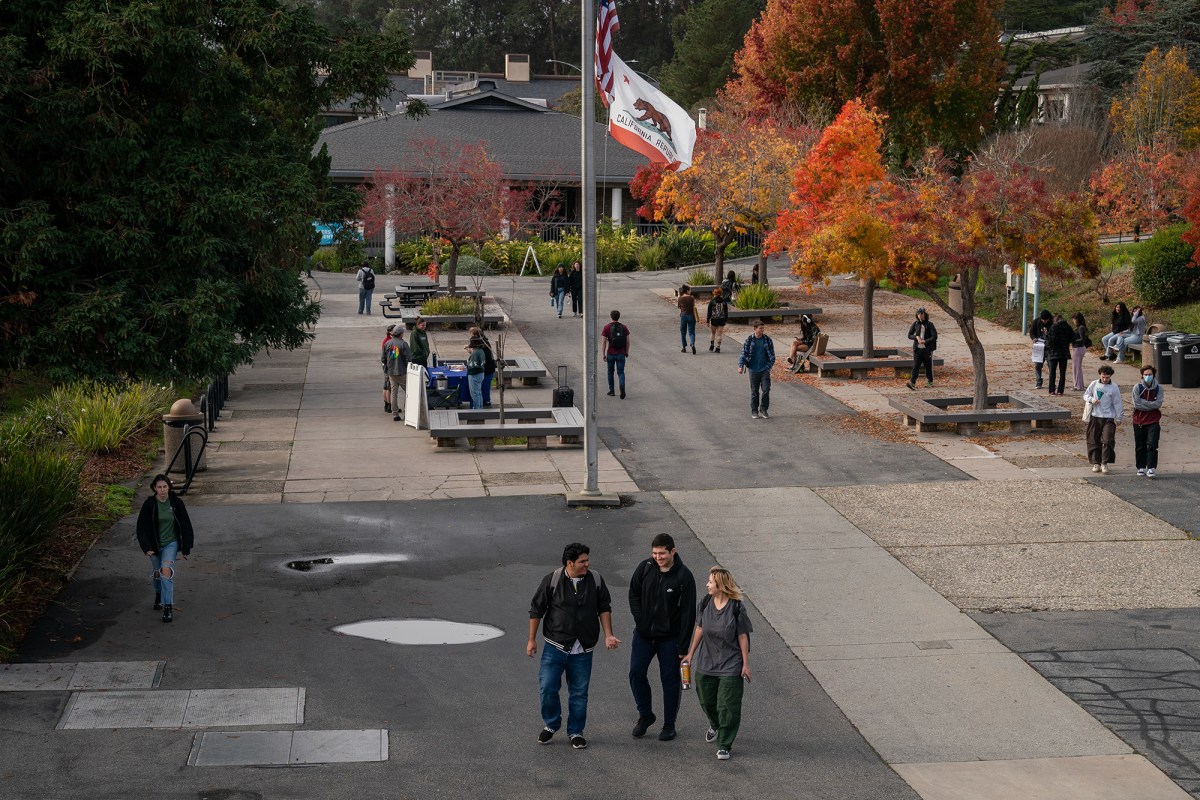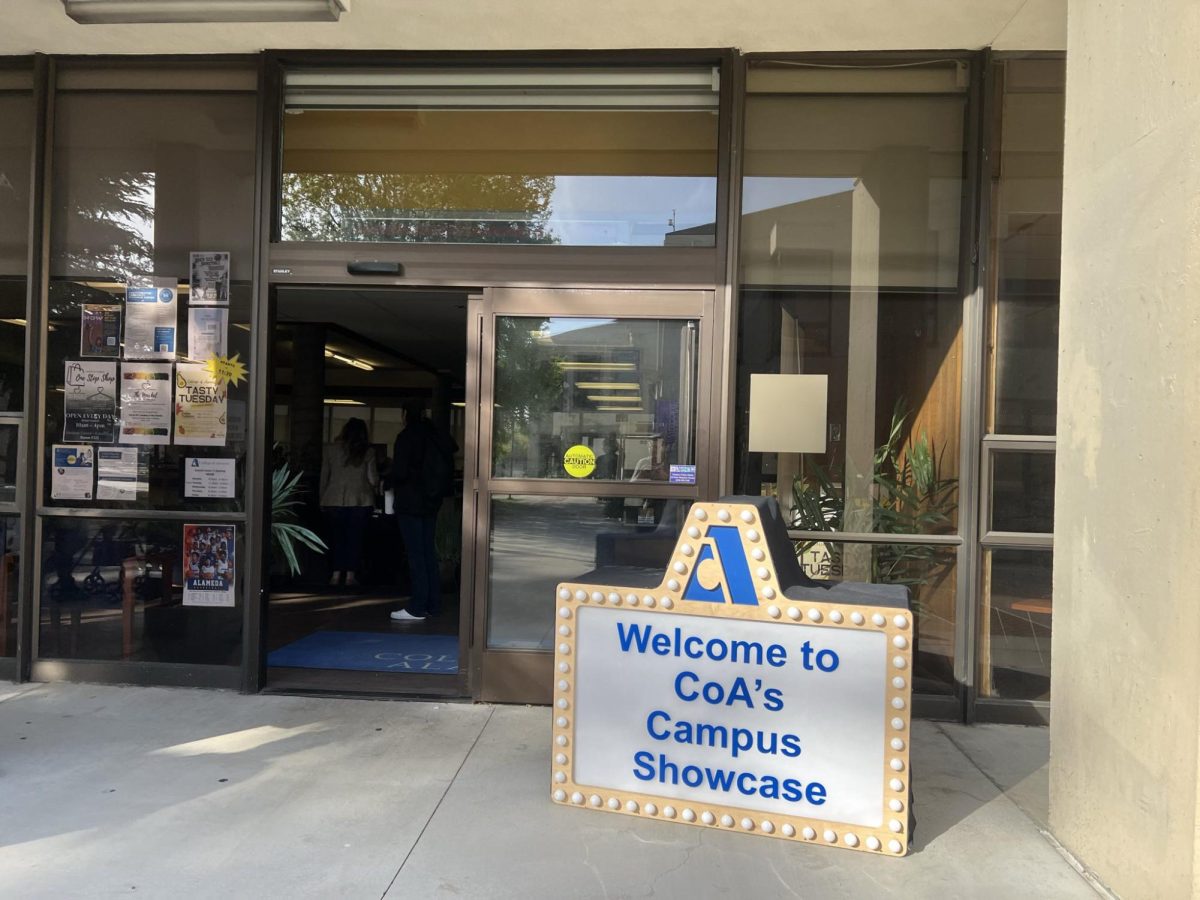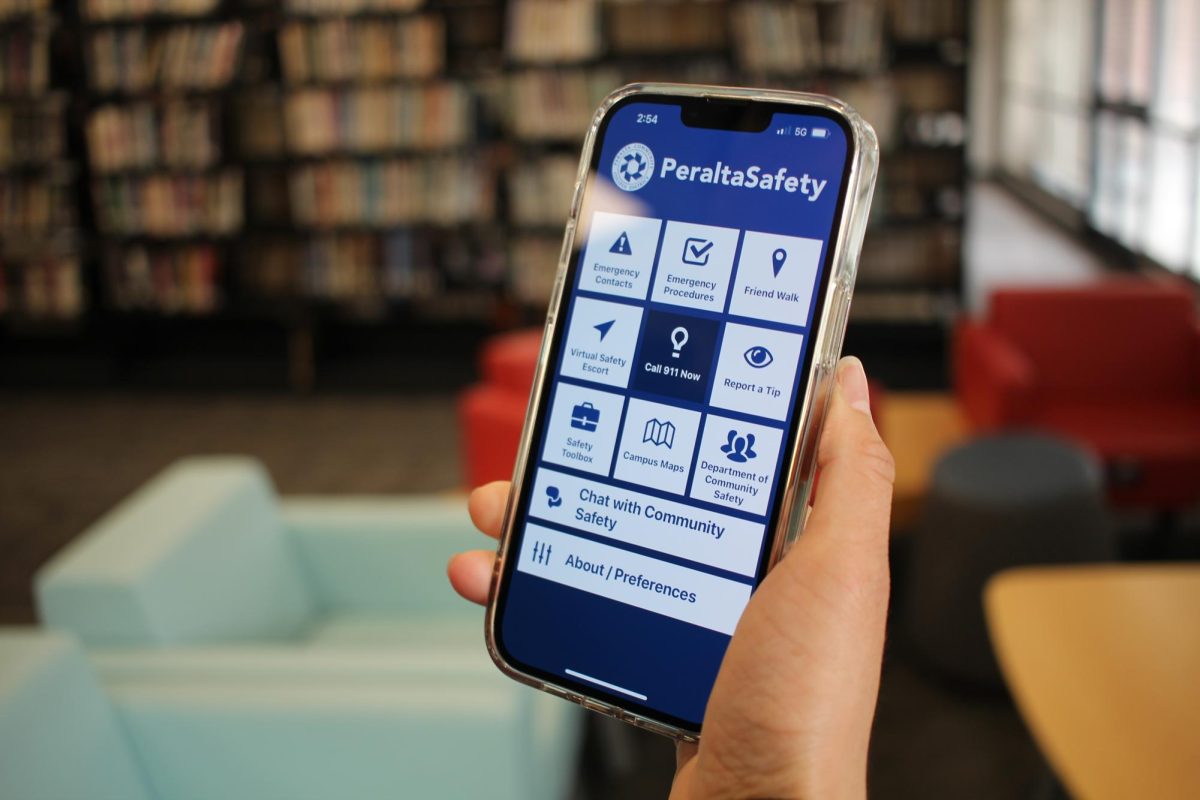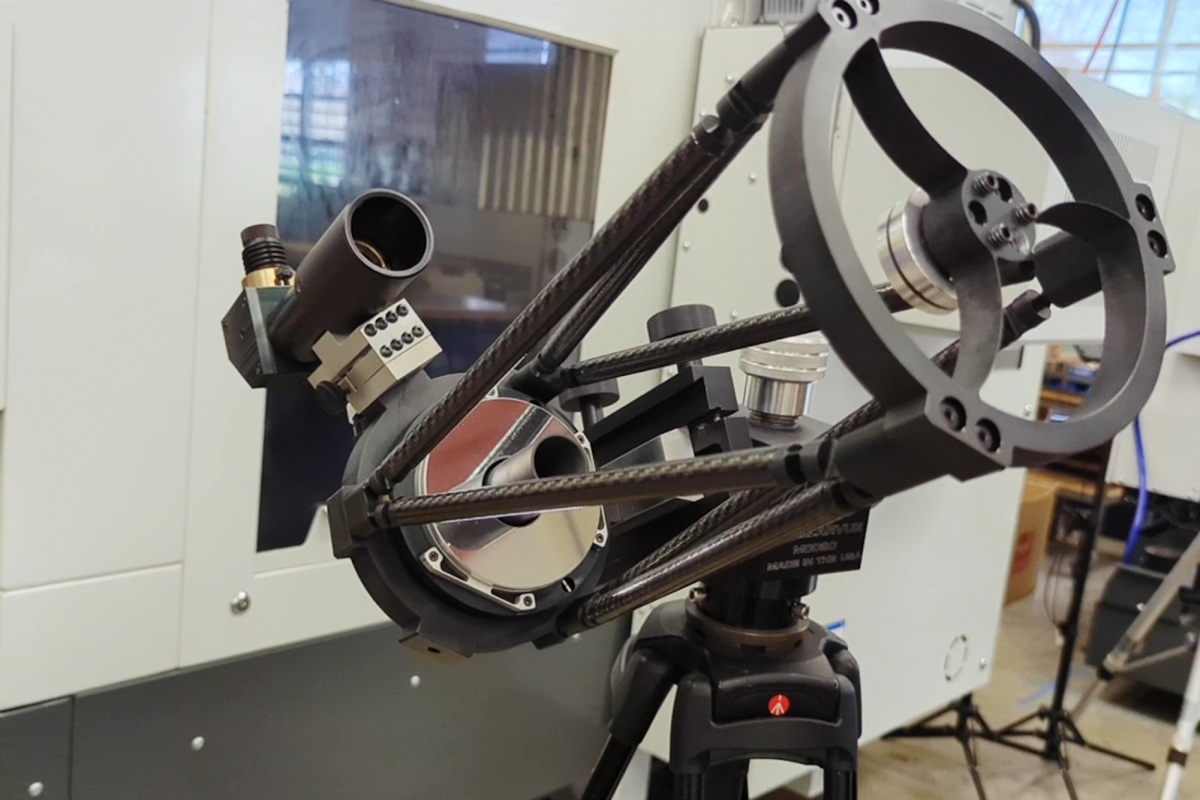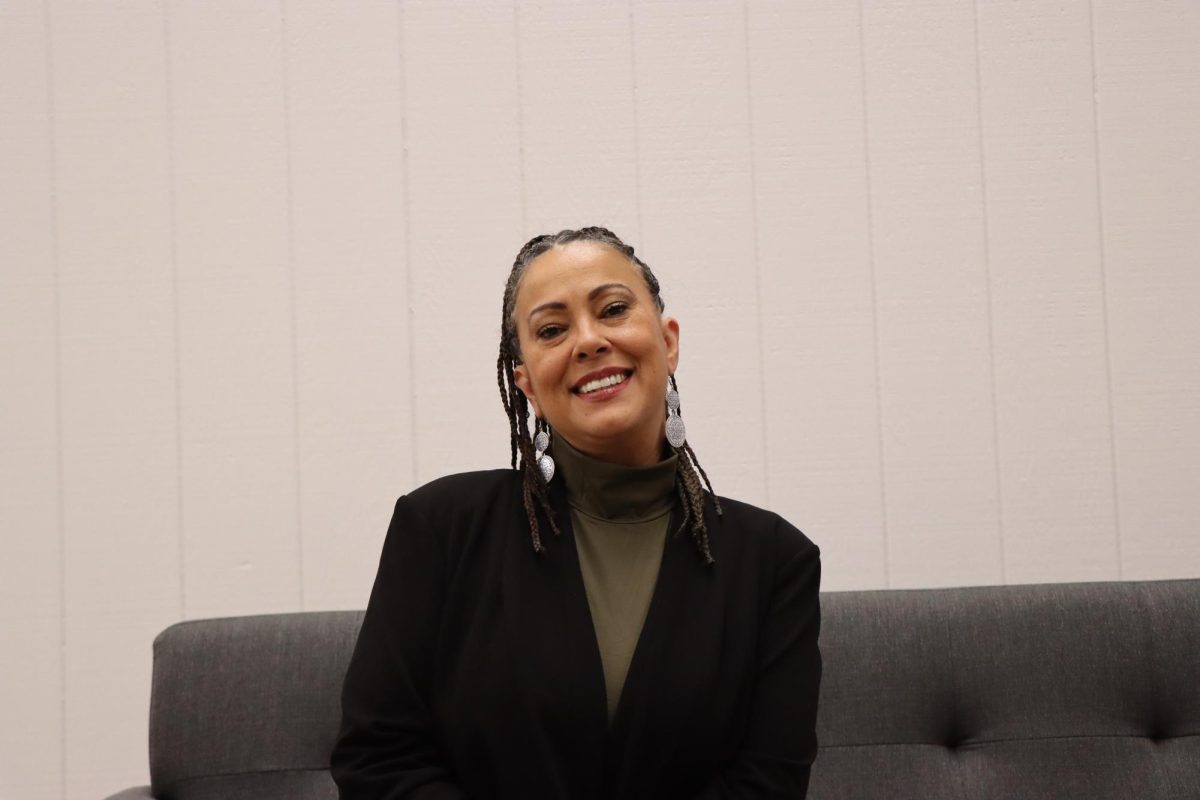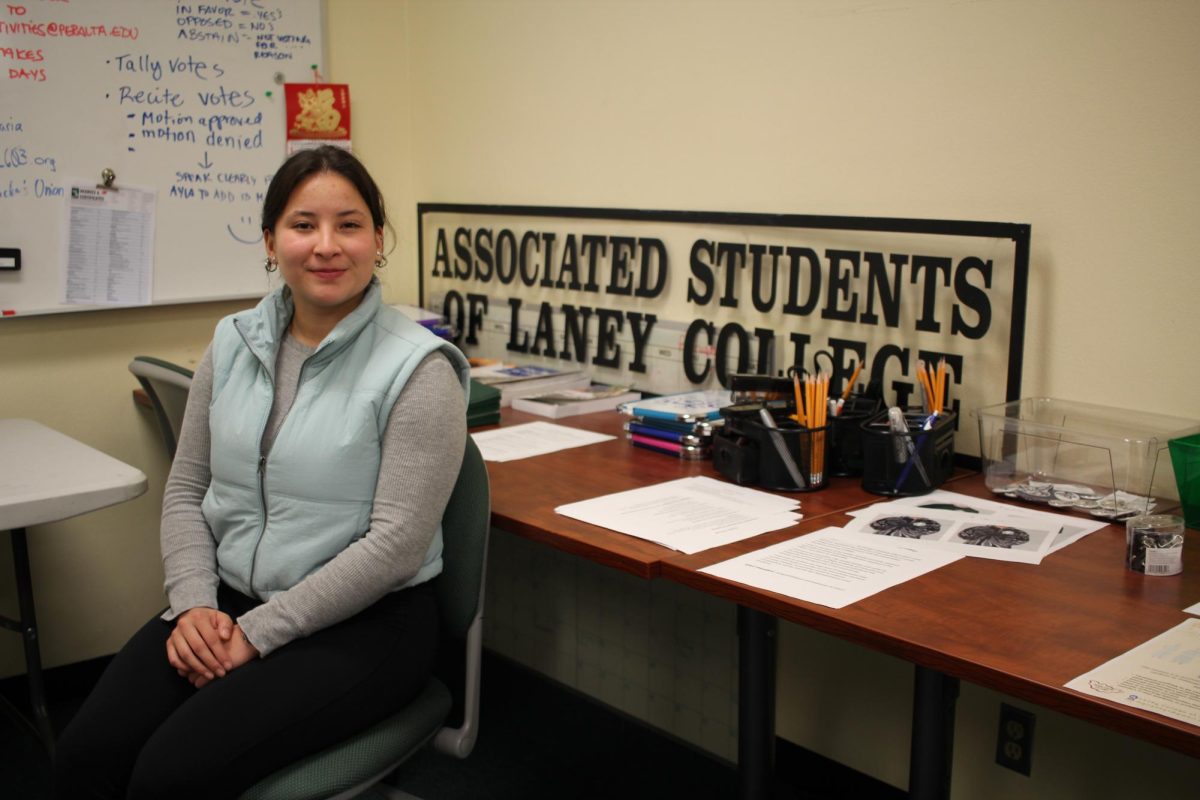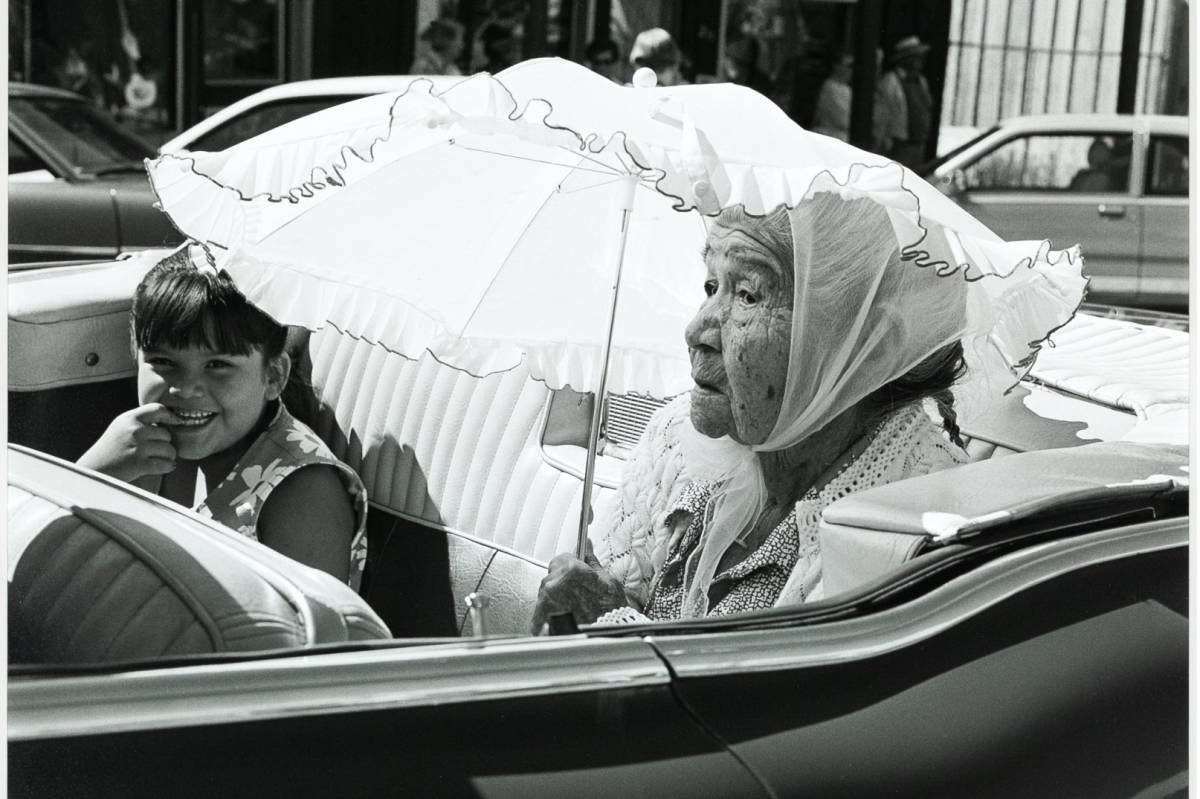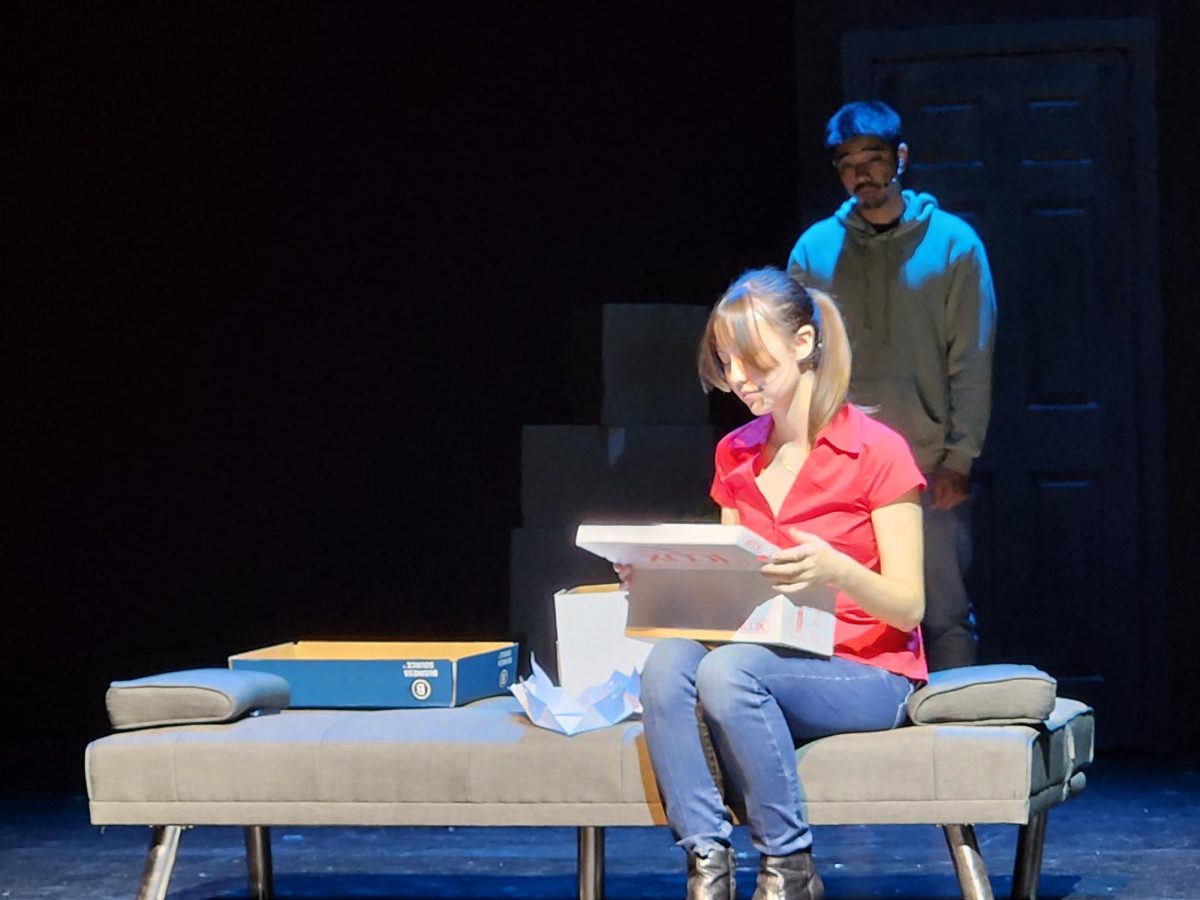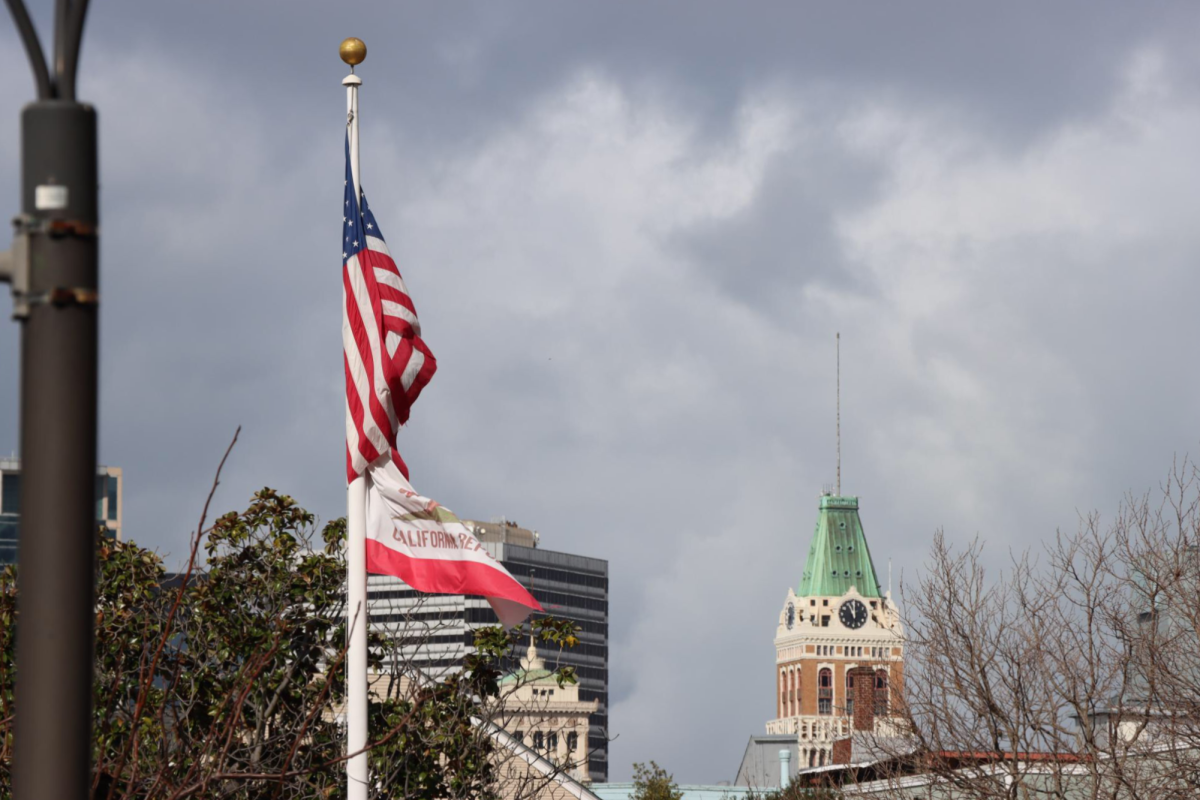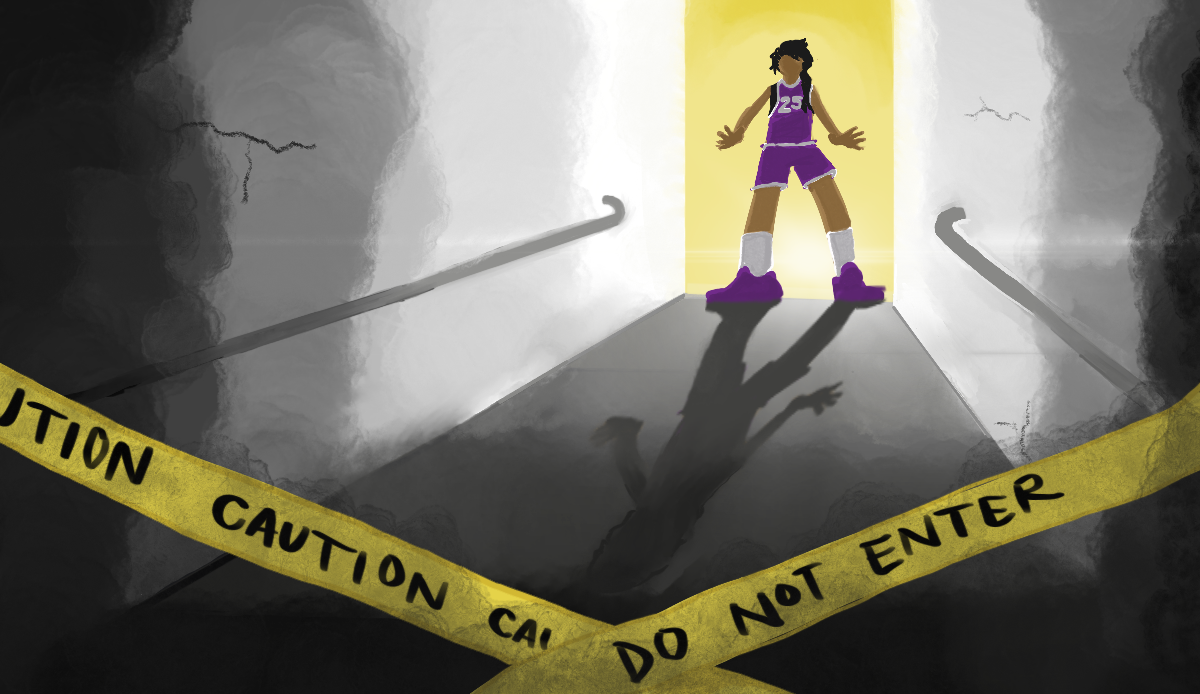Can a picture really be worth a thousand words?
I was handed a newspaper, and I was told that I should read it. It was the Laney Tower, our campus newspaper. My stomach cringed upon looking at the front page.
It was a picture of the Oakland Police headquarters. Protesters had covered the building in red paint to represent blood with the word “murderers” written in red paint beside it. A photographer brilliantly captured it. Although it wasn’t real blood, this photo was hard to look at.
The photo was devastating, but what I read inside the paper was even more devastating. The first article described a scene where protesters marched onto 880 freeway on July 7. My boyfriend and I were driving on 880 East, heading home from Berkeley after a night out on the town. 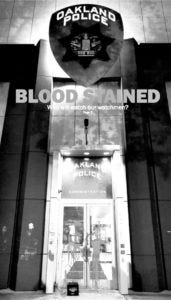 First we stopped at Rasputin’s music store and then at Cream, the ice cream cookie shop. This made for a good day. But had we known people would be protesting on the freeway we would have considered leaving earlier or not going out at all.
First we stopped at Rasputin’s music store and then at Cream, the ice cream cookie shop. This made for a good day. But had we known people would be protesting on the freeway we would have considered leaving earlier or not going out at all.
The freeway was backed up for miles and we had no idea why. Eventually we realized that there were protesters on the freeway.
We were upset that a 20-minute drive home had just turned into a one-hour drive. We complained while we waited.
We had no idea that the protesters were protesting the recent death of a young African American man killed by a police officer.
While sitting in traffic I remember thinking luckily I am not a single mother, trying to pick up my child from day care on time or at least before dinner. I wasn’t a young man headed to the airport to catch a flight to attend a friend’s funeral.
I remember questioning the form of the protest and concluding that it was pointless and unproductive. I concluded that the protest caused innocent people to suffer by causing traffic.
I then read another article titled “Abuse of power,” about the Oakland police sex scandal. It was about how Officer Brendon O’Brien committed suicide in September 2015 at the age of 30. An investigation of his suicide uncovered a sex scandal involving the OPD.
But wait, I remembered Officer O’Brien lived on the same street as me — he was my neighbor.
I remember waving to say hello and whispering good morning because I wasn’t fully awake yet. I remember trying to beat him to the last parking spot on our street. I remember waking up to the sirens flashing and being told that he had committed suicide.
I also remember asking myself “why?” And I also remember discussing with others how nice a person he was.  And now his name is in a paper next to a photo of a girl holding a sign that reads, “The police lynched a man yesterday.” This photo was also hard to look at.
And now his name is in a paper next to a photo of a girl holding a sign that reads, “The police lynched a man yesterday.” This photo was also hard to look at.
I went on to read every article in the paper, and then I came across a letter to the editor entitled, “Problems without Solutions.”
Is that what the picture on the front cover represents, a problem without a solution? Will protesters walking on 880 help fix the issues?
If so, I don’t mind being stuck in traffic for hours. Will police continue to kill unarmed blacks like Oscar Grant? Whatever happened to peaceful protesting and petitioning? Does that even work anymore?
Questions flooded my mind like an unmaintained levee down south. Whose responsibility is it?
I closed the paper and stared at the cover for a moment. I was reminded that I live in a democracy, where the police are supposed to protect and serve. Government agencies are supposed to see to it that expectations are met from everyone who is a part of this democracy.
However, I am reminded that this city is divided. Police and government have not been meeting expectations. I realized that the vandalism in the photo was just another form of protest.
A photographer captured a photo and a newspaper editor placed it in a paper. How many people will it reach?
Because this photo is worth a thousand words.
Categories:
When pictures speak a thousand words
September 29, 2016
About the Contributor
In the fall of 2019, The Laney Tower rebranded as The Citizen and launched a new website. These stories were ported over from the old Laney Tower website, but byline metadata was lost in the port. However, many of these stories credit the authors in the text of the story. Some articles may also suffer from formatting issues. Future archival efforts may fix these issues.

